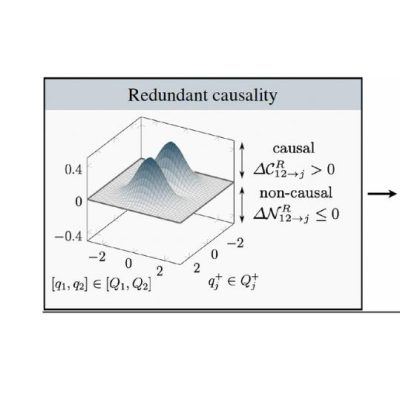
Long-horizon planning for multi-agent robots in partially observable environments
Language Models are revolutionizing task planning for autonomous robots by understanding natural language and adapting to various tasks with minimal tuning. But how do they handle long-horizon, partially observable multi-agent settings? Researchers in the DINaMo Group propose LLaMAR, a cognitive architecture that employs a plan-act-correct-verify framework, achieving state-of-the-art results in long-horizon tasks within partially observable environments.
Authors: Siddharth Nayak, Adelmo Morrison Orozco, Marina Ten Have, Jackson Zhang, Vittal Thirumalai, Darren Chen, Aditya Kapoor, Eric Robinson, Karthik Gopalakrishnan, James Harrison, Anuj Mahajan, Brian Ichter, Hamsa Balakrishnan
Citation: Preprint, July 2024
Abstract:
The ability of Language Models (LMs) to understand natural language makes them a powerful tool for parsing human instructions into task plans for autonomous robots. Unlike traditional planning methods that rely on domain-specific knowledge and handcrafted rules, LMs generalize from diverse data and adapt to various tasks with minimal tuning, acting as a compressed knowledge base. However, LMs in their standard form face challenges with long-horizon tasks, particularly in partially observable multi-agent settings. We propose an LM-based Long-Horizon Planner for Multi-Agent Robotics (LLaMAR), a cognitive architecture for planning that achieves state-of-the-art results in long-horizon tasks within partially observable environments. LLaMAR employs a plan-act-correct-verify framework, allowing self-correction during action execution without relying on oracles or simulators. Additionally, we present MAP-THOR, a comprehensive test suite encompassing household tasks of varying complexity within the AI2-THOR environment. Experiments show that LLaMAR achieves a 30% higher success rate compared to other state-of-the-art LM-based multi-agent planners.

